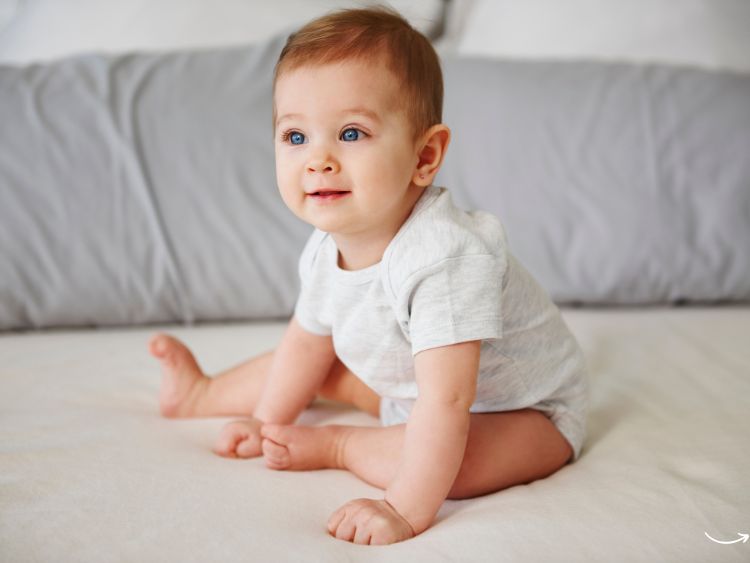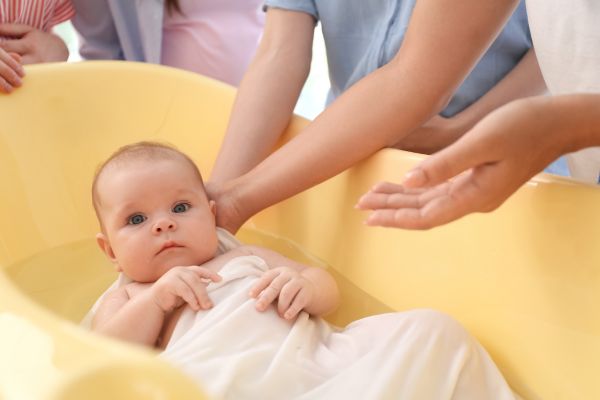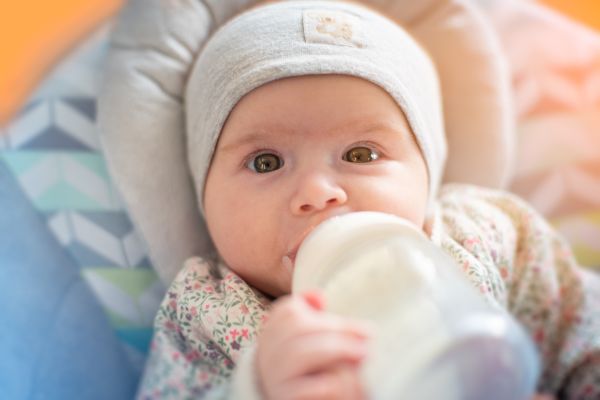Baby birds, often referred to as chicks or nestlings, undergo a fascinating journey from the moment they hatch to when they take their first flight. Understanding these stages provides insight into the delicate and complex process of avian development. In this article, we’ll explore the baby bird growth stages in detail, highlighting key milestones, changes in behavior, and the nurturing role of parent birds.
Have you ever stumbled upon a nest and wondered what it takes for those tiny, fragile creatures to transform into full-fledged birds? It’s a captivating process that involves various stages, each crucial for the bird’s survival and development. Let’s delve into the baby bird growth stages to appreciate the beauty of avian life.
The Stages of Baby Bird Growth
Understanding the development of baby birds requires us to break down the process into distinct stages. Each stage marks a significant step in the chick’s journey towards independence.
1. Hatching: The Beginning of Life
The first stage of a baby bird’s life begins with hatching. After spending days or weeks inside an egg, the chick uses an egg tooth to break through the shell. This process, known as “pipping,” is the chick’s first encounter with the outside world.
- Duration: The hatching process can take anywhere from a few hours to over a day.
- Key Characteristics: Newly hatched chicks are typically wet, weak, and blind, with a fine layer of down feathers. They rely entirely on their parents for warmth and food.
- Parental Role: The parent birds are responsible for keeping the chick warm (a process called brooding) and feeding it regurgitated food.
2. Nestling Stage: Growth and Dependency
Once hatched, baby birds enter the nestling stage, a period of rapid growth and development. During this time, the chick’s feathers start to grow, and it begins to gain strength.
- Duration: This stage lasts for several days to a few weeks, depending on the species.
- Key Characteristics: Chicks are still largely dependent on their parents for food and protection. They start to open their eyes, and their down feathers are gradually replaced by juvenile feathers.
- Parental Role: Parent birds continue to feed the nestlings frequently, ensuring they receive enough nutrition for rapid growth. The nestlings begin to exhibit begging behaviors, such as opening their mouths wide and chirping for food.
3. Fledgling Stage: First Flights and Independence
The fledgling stage is one of the most exciting baby bird growth stages. At this point, the chicks are nearly fully feathered and ready to leave the nest.
- Duration: This stage typically lasts a few days to a week.
- Key Characteristics: Fledglings are more mobile and start to explore their surroundings. Although they can flutter short distances, they are still not fully capable of sustained flight. This is also when they start to learn essential survival skills, such as foraging.
- Parental Role: Parent birds continue to feed and protect their fledglings, guiding them in finding food and avoiding predators. This stage is crucial for the fledglings to build the confidence and skills needed for independence.
4. Juvenile Stage: Growing Up Fast
After leaving the nest, the fledglings enter the juvenile stage. During this period, they refine their flying abilities and learn how to survive on their own.
- Duration: The juvenile stage can last several weeks to a few months.
- Key Characteristics: Juvenile birds are independent but may still rely on their parents for occasional food. They are fully feathered, though their plumage might not be as vibrant as that of adult birds. Over time, juveniles will molt and develop their adult plumage.
- Parental Role: Parental involvement decreases as juveniles become more self-sufficient. The young birds gradually disperse from their natal area to establish their own territories.
Factors Influencing Baby Bird Growth
Several factors can influence the growth stages of baby birds, including species, environment, and parental care.
1. Species Variations
Different bird species have varying growth rates and development patterns. For example, precocial species like ducks are more developed at hatching and can leave the nest shortly afterward, while altricial species like songbirds require extensive parental care.
2. Environmental Conditions
Weather, food availability, and habitat quality all play significant roles in a chick’s development. Harsh conditions can slow growth, while optimal environments can lead to faster development.
3. Parental Care
The level of care provided by the parent birds is crucial for the survival and growth of their chicks. Frequent feeding, protection from predators, and keeping the nest clean are vital for healthy chick development.
Common Challenges in Baby Bird Development
Despite the best efforts of parent birds, baby birds face numerous challenges during their growth stages.
1. Predation
Nestlings and fledglings are vulnerable to predators such as snakes, cats, and larger birds. The risk of predation is especially high when chicks are still in the nest or during their first flights.
2. Weather Extremes
Extreme temperatures, heavy rains, and strong winds can impact chick survival. For instance, cold weather can lead to hypothermia, while excessive heat can cause dehydration.
3. Malnutrition
A lack of adequate food can stunt growth and weaken the chick, making it more susceptible to disease and predation. Parent birds must work hard to find enough food, especially in environments where resources are scarce.
FAQs about Baby Bird Growth Stages
Q: How long does it take for a baby bird to learn to fly?
A: The time it takes for a baby bird to learn to fly varies by species, but it typically occurs during the fledgling stage, which can last from a few days to a week.
Q: What should I do if I find a baby bird on the ground?
A: If the bird is a fledgling (with feathers and able to hop around), it’s best to leave it alone as it’s likely still under parental care. If it’s a nestling (without feathers), you can try placing it back in the nest if you can find it.
Q: Do all baby birds leave the nest at the same time?
A: Not necessarily. In some species, chicks may leave the nest at different times, depending on their growth and readiness.
Q: Can baby birds survive without their parents?
A: Young birds are heavily dependent on their parents during the early stages of life. Without parental care, their chances of survival are significantly reduced.
Q: How do parent birds recognize their chicks?
A: Parent birds use a combination of visual and auditory cues to recognize their chicks. Each chick’s unique calls and behaviors help the parents identify them.
Summary
The baby bird growth stages are a remarkable journey of transformation, from the vulnerability of hatching to the independence of flight. Each stage is marked by significant milestones, shaped by species characteristics, environmental factors, and parental care. Understanding these stages not only enhances our appreciation for avian life but also underscores the importance of protecting bird habitats to ensure the survival of these delicate creatures.
Authoritative Links
- https://www.allaboutbirds.org
- https://www.audubon.org
- https://www.birdwatchingdaily.com
- https://www.rspb.org.uk
- https://www.bto.org
This article is designed to provide a comprehensive understanding of the growth stages of baby birds, ensuring you have the knowledge to appreciate and protect these fascinating creatures.



